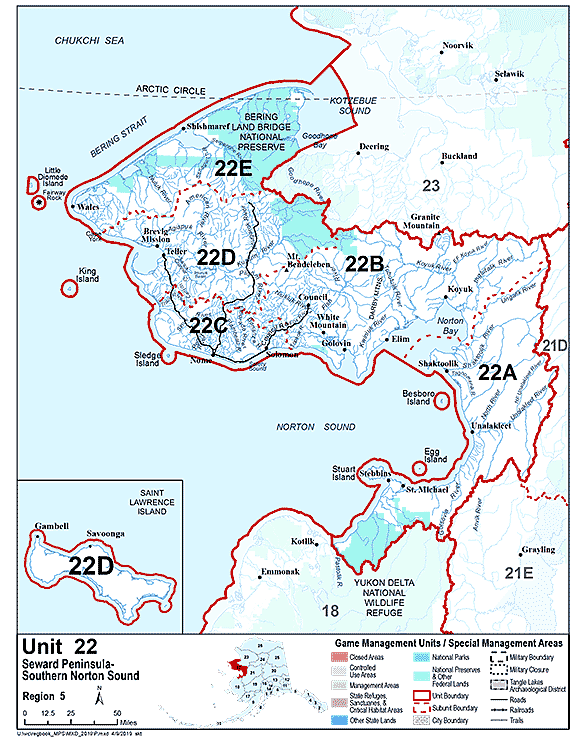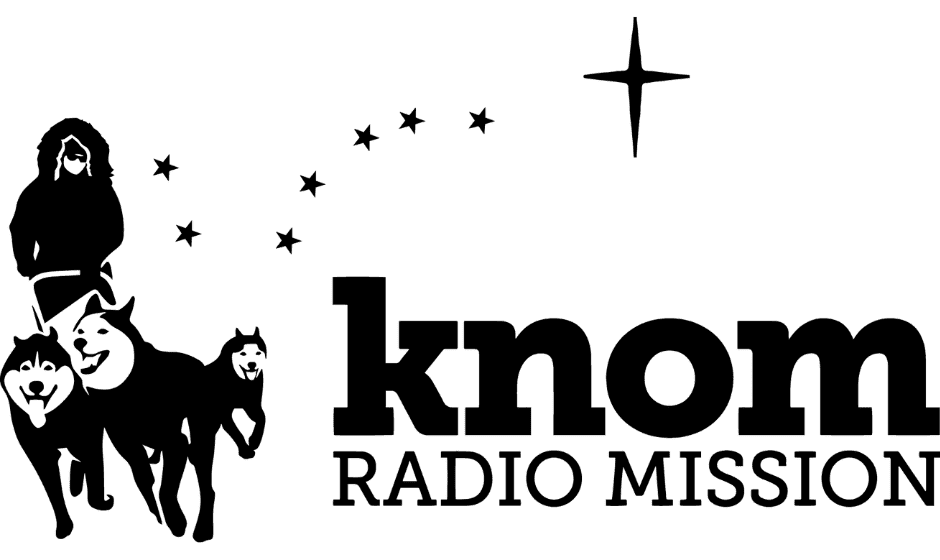The Seward Peninsula Subsistence Regional Advisory Council (SPRAC) met Tuesday to review proposed changes to brown bear hide regulations. The proposal would allow federally qualified subsistence users to sell brown bear hides harvested under federal regulations — regardless of the unit’s harvest limit — as long as the sale remains within the United States and are for personal use.
The vote endorses a modified version of Proposal WP24-01. The revised proposal was developed by the Office of Subsistence Management (OSM) after an earlier version was deferred twice by the Federal Subsistence Board in 2024.
Hunters would be required to obtain a federal customary trade permit from OSM and return it after the transaction. All hides would also need to be sealed by the Alaska Department of Fish and Game (ADF&G), and the seal must remain on the hide when sold.
The proposal would also “align federal sealing regulations with state of Alaska sealing regulations”, Department of Interior Anthopologist, Hannah Voorhees said, by removing a requirement in some federal regulations that sealing officials remove the skin of the head and front claws at the time of sealing. The change would bring federal rules in line with state practices and allow the sale of complete hides.
Voorhees noted that although the proposal is statewide, its adoption would have a direct impact on Unit 22, which includes the Seward Peninsula and Norton Sound region.
Under current state regulations, brown bear hides with claws attached may only be sold if they are taken in areas with a two-bear annual harvest limit. In Unit 22C, which allows only one bear per year, such sales are not allowed under state law.
Council Members Voice Concerns and Clarify Rules
Council member Tom Gray questioned whether hides sold under the proposed regulation could be sold to anyone, including non-federally qualified users.
“Can it go to a white guy, somebody out of Alaska?” Gray asked.
“There are no restrictions on the identity of the person you can sell the hide to,” Voorhees responded. “The main limitations are that it should be sold for personal use, and it cannot be resold subsequently, and it must be sold domestically, so in the United States only.”
Gray also sought clarification on the requirement to remove the head and claws before sale. Voorhees confirmed that under the revised proposal, “you could sell the hide with or without the claws attached,” and that the removal of the skin of the head would no longer be required under federal sealing regulations.

When asked if someone could harvest a bear on federal land and claim it under state rules to allow broader sale options, Voorhees said, “If you had National Preserve lands where state regulations also apply, you would have the option of selling under state regulations, even though those are federal lands.”
A significant portion of the meeting was devoted to confusion over whether claws from federally harvested bears in Unit 22 could be used in handicrafts.
While Voorhees initially stated, “there’s currently nothing in regulation that authorizes the incorporation of claws into handicrafts for sale,” Pippa Kenner, another OSM anthropologist, clarified that claws may in fact be used in handicrafts in Unit 22, specifically.
“In Unit 22 the board agreed with the council that you can sell claws and other non-edible parts of a brown bear incorporated into handicrafts,” Kenner said.
That flexibility is not extended under state rules, where “you cannot remove the claws. There’s no allowance of handicrafts for claws under state regulation,” ADF&G Biologist Sara Henslee said.
CITES Compliance
The proposal restricts sales to domestic transactions to avoid conflicts with the Convention on International Trade in Endangered Species (CITES).
“Because of CITES, you can only sell it — it can only be purchased within the United States,” Kenner clarified.
Even in two-bear areas, a bear hide taken under federal regulations cannot be sold internationally, unlike hides taken under state regulations.
“Under the federal program… you cannot sell it outside of the United States,” Kenner confirmed.
After nearly an hour of discussion, the council’s Chair, Louis Green, Jr. summarized the proposal by saying it was “not a commercial [operation]… it’s about helping people recover some of the cost of hunting and supporting subsistence living.”
The Council voted unanimously to support Proposal WP24-01 with modification. A final decision will be made by the Federal Subsistence Board.




